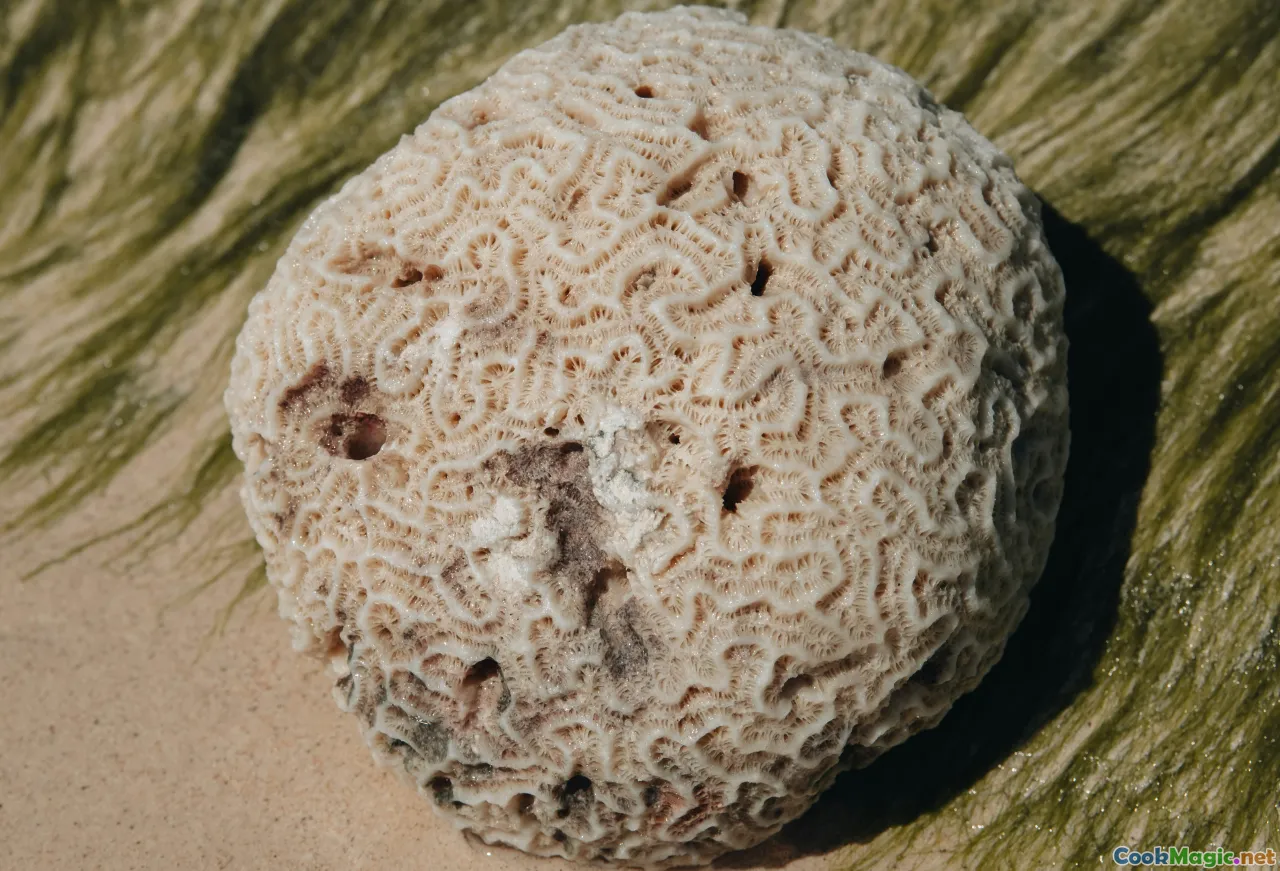
节日萨潘萨潘:多层次的美味佳肴
(Sapin Sapin ng Pista: Festival Multilayered Delight)
(0 评论)食材
-
350 grams 糯米粉
(Mochiko or similar sweet rice flour works best)
-
200 grams 白糖
(Adjust to taste if you prefer less sweet)
-
800 ml 椰奶
(Full-fat for creaminess)
-
75 grams 乌贝哈拉亚(紫薯果酱)
(Mix into a layer for vibrant purple flavor)
-
50 grams 甜煮菠萝蜜(langka)
(Finely chopped, adds sweetness and contrast)
-
75 grams Macapuno(椰子运动线)
(Divide into thirds for use in layers and garnish)
食用色素(黄色、橙色、紫色), to tint
-
20 grams 烤椰子碎
(Topping for crunch and aroma)
-
15 grams 黄油
(For greasing and flavor in the final layer)
-
1 teaspoon 香草提取物
(For adding a background note to the white layer)
-
1/4 teaspoon 盐
(Balances sweetness in layers)
(Mochiko or similar sweet rice flour works best)
(Adjust to taste if you prefer less sweet)
(Full-fat for creaminess)
(Mix into a layer for vibrant purple flavor)
(Finely chopped, adds sweetness and contrast)
(Divide into thirds for use in layers and garnish)
(Topping for crunch and aroma)
(For greasing and flavor in the final layer)
(For adding a background note to the white layer)
(Balances sweetness in layers)
营养
- 份量: 8
- 每份大小: 1 generous block (100g)
- Calories: 320 kcal
- Carbohydrates: 62 g
- Protein: 3 g
- Fat: 8 g
- Fiber: 2 g
- Sugar: 20 g
- Sodium: 73 mg
- Cholesterol: 6 mg
- Calcium: 25 mg
- Iron: 0.5 mg
制作步骤
-
1 - Prepare Steamer & Pan:
Grease an 8-inch round baking dish with butter or line with banana leaves for authenticity. Preheat a large steamer.
-
2 - Mix Sapin Sapin Base:
In a large mixing bowl, sift in glutinous rice flour and salt. Whisk in sugar, then gradually add coconut milk until completely smooth and lump-free.
-
3 - Divide Batters and Color:
Divide the batter evenly into three bowls. To the first bowl, add ube halaya and a few drops of purple coloring; to the second, stir in jackfruit and orange/yellow coloring; leave the third plain, flavor with vanilla, and stir in some macapuno.
-
4 - Cook First Layer:
Pour the ube (purple) batter into the greased dish. Cover tightly and steam on medium heat for 13 minutes or until set.
-
5 - Cook Second Layer:
Gently pour the jackfruit (yellow/orange) batter over the set purple layer. Cover and steam for another 12 minutes.
-
6 - Cook Final Layer:
Top with the white vanilla-macapuno batter. Cover the steamer and steam for a final 13 minutes or until completely set when tapped.
-
7 - Cool and Garnish:
Allow the sapin sapin to cool to room temperature. Carefully unmold, slice, and top with toasted coconut flakes, the remaining macapuno, and an extra brush of melted butter on top for shine.
Grease an 8-inch round baking dish with butter or line with banana leaves for authenticity. Preheat a large steamer.
In a large mixing bowl, sift in glutinous rice flour and salt. Whisk in sugar, then gradually add coconut milk until completely smooth and lump-free.
Divide the batter evenly into three bowls. To the first bowl, add ube halaya and a few drops of purple coloring; to the second, stir in jackfruit and orange/yellow coloring; leave the third plain, flavor with vanilla, and stir in some macapuno.
Pour the ube (purple) batter into the greased dish. Cover tightly and steam on medium heat for 13 minutes or until set.
Gently pour the jackfruit (yellow/orange) batter over the set purple layer. Cover and steam for another 12 minutes.
Top with the white vanilla-macapuno batter. Cover the steamer and steam for a final 13 minutes or until completely set when tapped.
Allow the sapin sapin to cool to room temperature. Carefully unmold, slice, and top with toasted coconut flakes, the remaining macapuno, and an extra brush of melted butter on top for shine.
关于 节日萨潘萨潘:多层次的美味佳肴 :的更多信息
Sapin Sapin ng Pista: Festival Rice Cake of the Philippines
Sapin sapin—literally “layer upon layer” in Tagalog—is an iconic Filipino kakanin (sticky rice cake) that graces many celebrations, especially town festivals called pistas. My creative rendition 'Sapin Sapin ng Pista' is modern, vivid, and just as meaningful as its classic form. It differs in presentation with extras like macapuno, jackfruit, and an unconventional play on color to echo triangular festive buntings strung overhead during local street parades.
History and Cultural Significance
Traditional sapin sapin originated from the northern region of the Philippines, especially Abra and Ilocos, with rice as a staple since time immemorial. Kakanin, or rice cakes, are integral in fêtes: baptisms, birthdays, Christmas, and the all-important spectacular fiesta season. The layers in sapin-sapin do more than provide different flavors; they symbolize gratitude and the collective spirit of bayanihan or community cooperation, with each family contributing what they can offer.
Initially, each layer used locally available ingredients: ube (purple yam), langka (jackfruit), and plain sweetened rice enhanced by coconut and sometimes anise. Coconut milk—abundant across Filipino homes—renders the dessert scrumptiously rich, holding cultures together with food.
Modern and Creative Touches
In 'Sapin Sapin ng Pista', I further innovate:
- Striking Colors: While food coloring creates vivacity, I encourage beet, turmeric, and adzuki bean as natural pigments for those mindful of food dyes.
- Layer Highlights: Ube for earthiness, sweetened langka for candied notes, and pure coconut-vanilla (with lush macapuno, if preferred) for nostalgia.
- Textures: Slyly hidden macapuno adds chew among layers; coconut flakes finish each bite with a smoky, nutty note.
Tips & Notes
- Slow and Steady: Key to perfect sapin sapin is patience; be sure each layer sets before pouring the next, avoiding bleeding of colors and maintaining textural integrity.
- Traditional vs. Creative: Make it authentic with goat's milk in the top coconut layer, or chic with matcha or strawberry introduced into separate layers for pista-ready personalization.
- Serving: Pipe a touch of latik (toasted coconut curds) or sprinkle on caramelized desiccated coconut atop slices. Sapin sapin is best after a few hours’ rest or overnight chilling.
- Storage: Keeps refrigerated in an airtight container for up to 4 days. Warm slightly in a steamer before serving.
Uniqueness
This 'Sapin Sapin ng Pista' recipe promises:
- Multi-sensory appeal: eye-catching tri-color layers, complex flavors, billowy textures, and enticing aromas.
- Flexible spirit: alter layer flavors and appearance according to available fruits, jams, and even flowers.
- Vivid memories: It’s not just dessert at pista; it’s a canvas for connection. Children peer wide-eyed as stones of purple, yellow, and white are carved and wrapped in banana leaves torn by grandma’s practiced hand.
Personal Thoughts
To me, sapin sapin embodies joyous resilience—celebrating wins big (harvests, graduations) and small (reunions, a rainstorm’s end). At every local festival, trays shimmer like withheld treasures upon trade tables, only to be sliced and shared, traditions continuing on jellied, sticky, sweetened rice. Spend time with this treat, create new layers both literally and figuratively, and maybe pass along sapin sapin stories, bite after sticky bite.
























